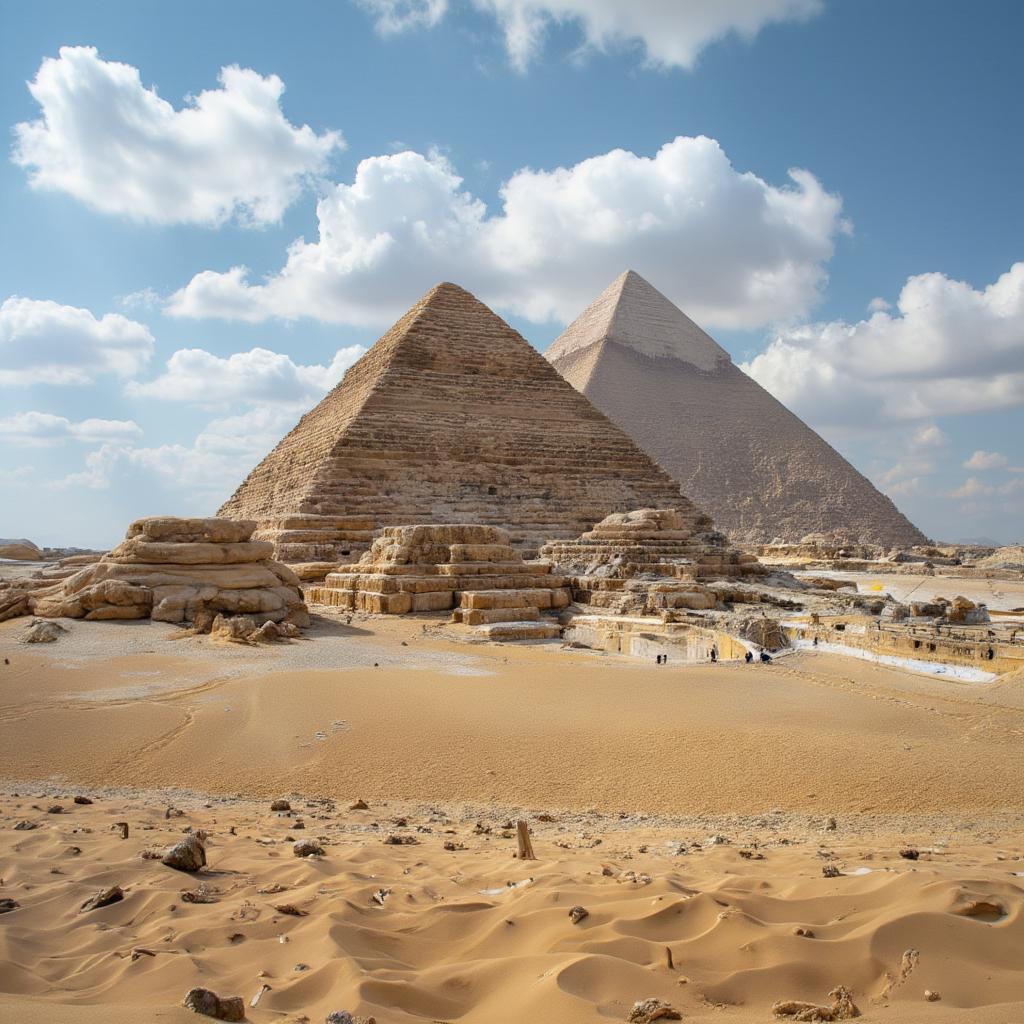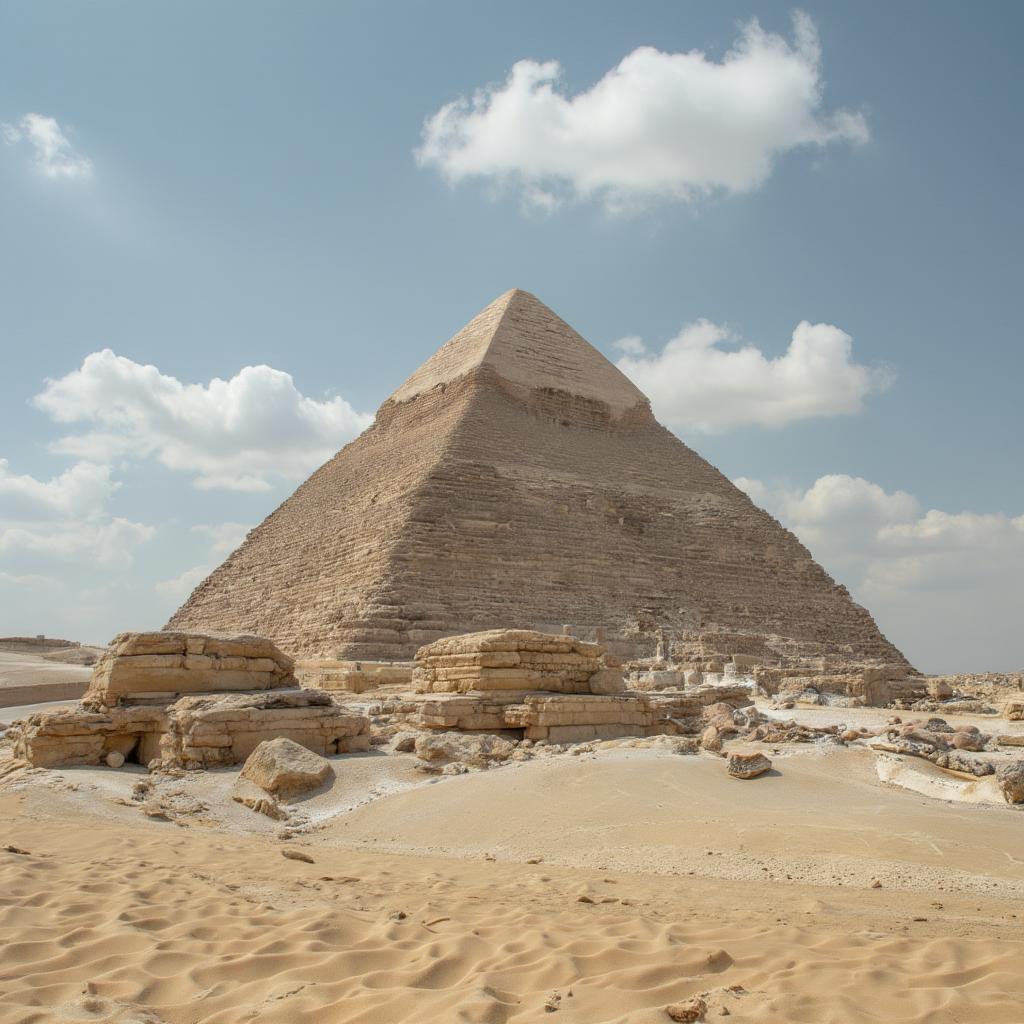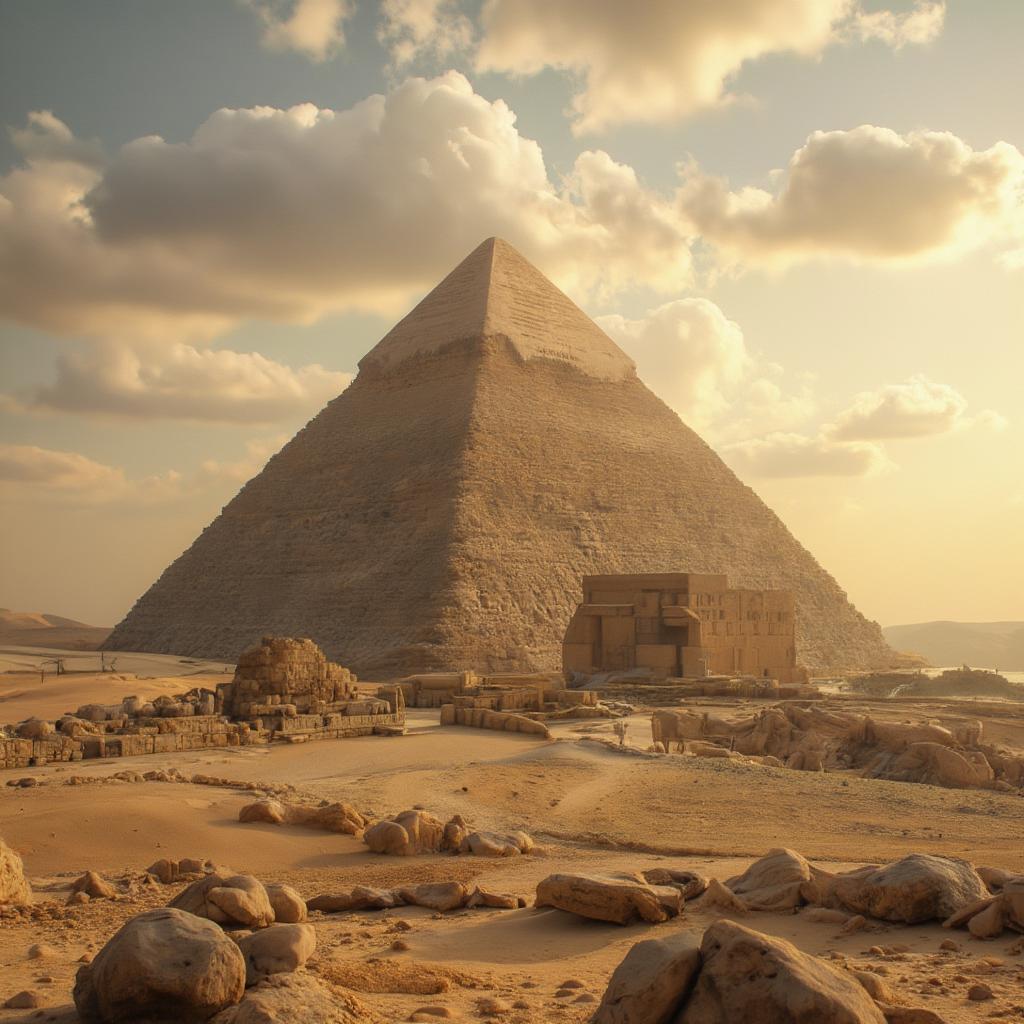Unveiling the Seven Wonders of the World UNESCO: A Journey Through Time and Marvel
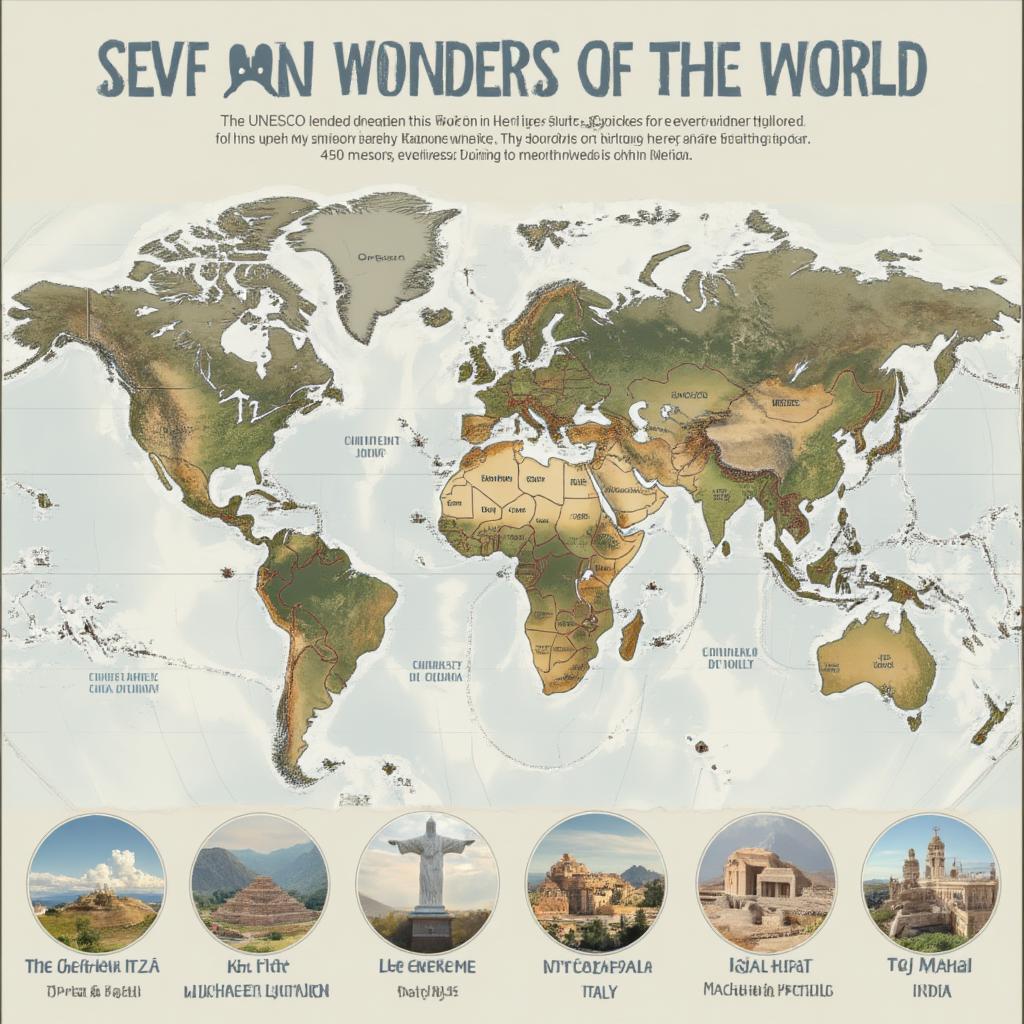
The Seven Wonders Of The World Unesco list is more than just a collection of impressive structures; it’s a testament to human ingenuity and the diverse cultures that have shaped our planet. These awe-inspiring sites, ranging from ancient pyramids to modern masterpieces, are celebrated for their historical significance, architectural brilliance, and cultural impact. Join us as we delve into the fascinating stories behind these iconic landmarks and explore what makes them truly wondrous. For those intrigued by the legacy of these sites, explore the wonders seven wonders, which encompasses a comprehensive guide to some of these locations and more.
What Are the Seven Wonders of the World?
The term “Seven Wonders of the World” has evolved over time. The original list, compiled by ancient Greek historians, focused on structures and monuments within the Hellenistic world. However, only one of these wonders, the Great Pyramid of Giza, still stands today. The modern list, known as the New7Wonders, was compiled through a global poll in 2007. It features structures that are still awe-inspiring, representing diverse cultures and architectural styles. The seven wonders chosen are:
- The Great Wall of China (China): This colossal wall stretches thousands of miles, a testament to China’s history and military might.
- Chichén Itzá (Mexico): This ancient Mayan city is famous for its impressive pyramid, El Castillo, and its astronomical alignments.
- Christ the Redeemer (Brazil): This iconic statue overlooks Rio de Janeiro, symbolizing hope and faith.
- Colosseum (Italy): This ancient amphitheater once hosted gladiatorial contests and public spectacles, showcasing Roman engineering.
- Machu Picchu (Peru): A stunning Inca citadel nestled high in the Andes Mountains, renowned for its complex stonework and breathtaking views.
- Petra (Jordan): An ancient city carved into sandstone cliffs, famous for its unique architecture and complex water systems.
- Taj Mahal (India): A majestic marble mausoleum, an eternal monument of love commissioned by Emperor Shah Jahan.
Why are These Sites Designated by UNESCO?
These seven wonders aren’t just remarkable structures; they also have enormous cultural, historical, and architectural significance, which is why they’re often designated as UNESCO World Heritage Sites. UNESCO (United Nations Educational, Scientific and Cultural Organization) aims to preserve places of outstanding universal value for future generations. By designating a site, UNESCO provides a framework for international collaboration to protect these places from damage, neglect, and loss.
“These sites are more than just physical structures; they are repositories of human history and ingenuity,” states Dr. Eleanor Vance, a historian specializing in cultural preservation. “Their UNESCO designation ensures that they are not forgotten and are protected for generations to come.”

A Closer Look at Each Wonder
Let’s explore each of these remarkable sites in more detail:
The Great Wall of China
Spanning over 13,000 miles, the Great Wall of China is not one continuous wall but a series of fortifications built over centuries by different dynasties. Its construction involved millions of laborers and serves as a stark reminder of the power and ambition of China’s past. Today, it remains one of the most visited tourist attractions in the world. To delve deeper into the history of this wonder, there are 7 wonders of the world lego sets that allow you to build your own piece of history.
Chichén Itzá
Chichén Itzá, located on the Yucatán Peninsula, Mexico, was one of the largest Mayan cities. The site is renowned for its astronomical precision, exemplified by the El Castillo pyramid, which casts a serpent shadow during the spring and autumn equinoxes. The site also features the Great Ball Court and numerous other temples and structures, demonstrating the sophistication of the Mayan civilization. Interestingly, there are discussions about whether cancun world wonder is part of the larger Mayan area, a testament to the vast influence of the region.
Christ the Redeemer
Standing atop Corcovado Mountain in Rio de Janeiro, Brazil, the Christ the Redeemer statue is a symbol of Christianity and the vibrant culture of Brazil. This colossal statue, made of reinforced concrete and soapstone, is not only an impressive feat of engineering but also an iconic landmark that can be seen from almost anywhere in Rio. Its open arms are a symbol of peace and welcoming to all visitors.
The Colosseum
The Colosseum in Rome is one of the most well-preserved ancient amphitheaters in the world. It is a testament to Roman engineering skills. Originally known as the Flavian Amphitheater, it was once the venue for gladiatorial contests, public executions, and mock sea battles. Today, the Colosseum is a symbol of the grandeur and brutality of the Roman Empire.
Machu Picchu
Nestled in the Andes Mountains, Machu Picchu is an ancient Inca citadel that has been a mystery to scholars for centuries. Known as the “Lost City of the Incas,” Machu Picchu features an incredible array of stone structures, including temples, residences, and agricultural terraces, all ingeniously integrated with the mountain landscape. Its remote location and breathtaking views make it a truly unique and awe-inspiring destination. You can even explore a miniature version with lego 7 wonders of the world.
Petra
Petra is a marvel of ancient engineering and architecture, located in present-day Jordan. Carved into sandstone cliffs, Petra was once a thriving trading hub. The city’s most famous structure, Al-Khazneh (the Treasury), is an impressive facade that has captivated people for centuries. Beyond Al-Khazneh, Petra features a complex network of tombs, temples, and homes, all carved into the cliffs.
Taj Mahal
The Taj Mahal in Agra, India, is a breathtaking white marble mausoleum built by Mughal Emperor Shah Jahan in memory of his wife Mumtaz Mahal. Widely considered an architectural masterpiece, the Taj Mahal blends Persian, Islamic, and Indian architectural styles and is an eternal symbol of love and devotion.
The Significance of UNESCO and World Heritage Sites
The UNESCO designation of these wonders extends beyond mere recognition. It signifies a global commitment to preservation and understanding. World Heritage Sites are not only places of beauty but are also testaments to the diversity of human history and culture. They often represent unique achievements, natural phenomena, or historic milestones in the story of human existence.
“Understanding the importance of these sites, from their historical context to their architectural feats, enriches our understanding of the past and present,” says Professor Kenji Tanaka, an archeologist with decades of field experience. “UNESCO’s role in protecting these sites is crucial to maintaining our global heritage.”
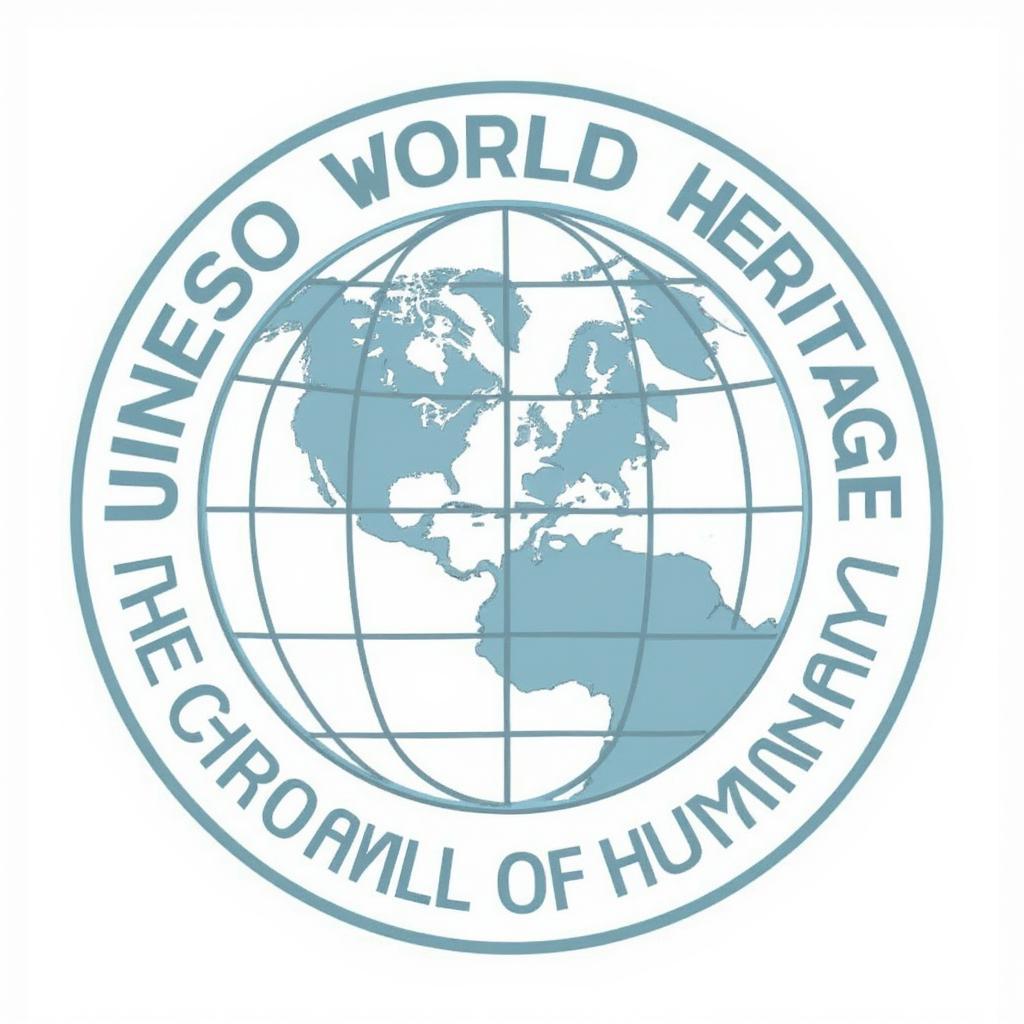
Preserving These Wonders for Future Generations
As we marvel at the seven wonders of the world UNESCO, we must also consider the challenges they face. Tourism, climate change, and urban development pose significant threats to these fragile sites. It’s imperative that we act responsibly to preserve these wonders for future generations. This means investing in conservation efforts, educating the public about the importance of these sites, and promoting sustainable tourism practices. The old 7 wonders of the world often serve as a reminder of what we risk losing if we aren’t proactive in preservation.
What Can You Do?
- Educate yourself: Learn about the history and significance of these sites.
- Travel responsibly: When you visit, adhere to guidelines for preservation.
- Support conservation: Donate to or volunteer with organizations involved in preserving world heritage.
- Spread awareness: Share your experiences and knowledge to inspire others.
By taking these steps, we can all play a role in safeguarding these incredible treasures for generations to come.
Conclusion
The seven wonders of the world UNESCO list encompasses a diverse range of human achievements, from ancient engineering marvels to architectural masterpieces that continue to inspire awe. These locations are not just destinations to visit, but profound touchstones to human history, ingenuity, and cultural diversity. By appreciating their significance and supporting efforts to protect them, we can ensure that these wonders continue to inspire and educate for years to come. Explore the stories behind these sites and embark on a journey to witness these incredible testaments to human creativity and endurance.

